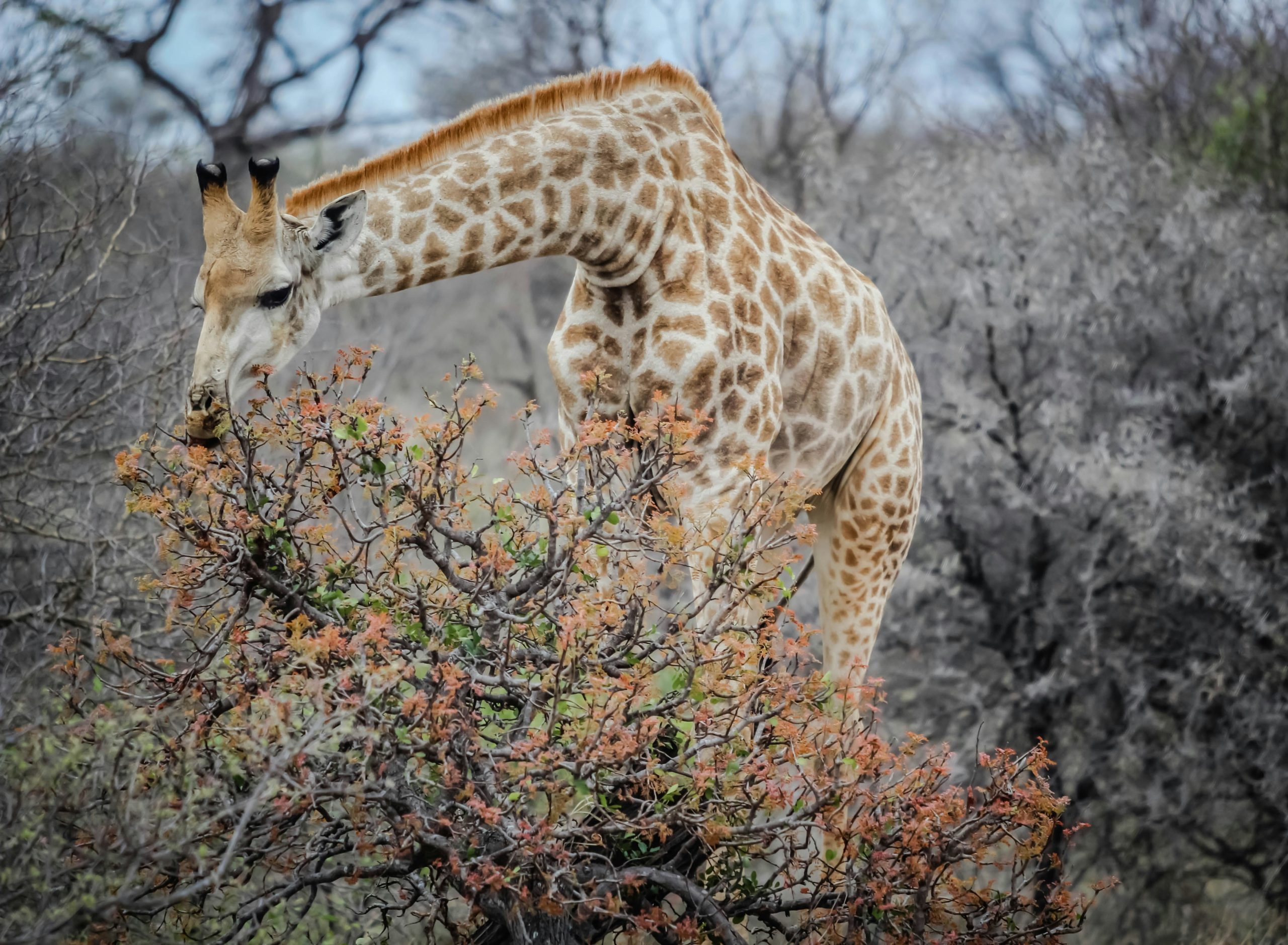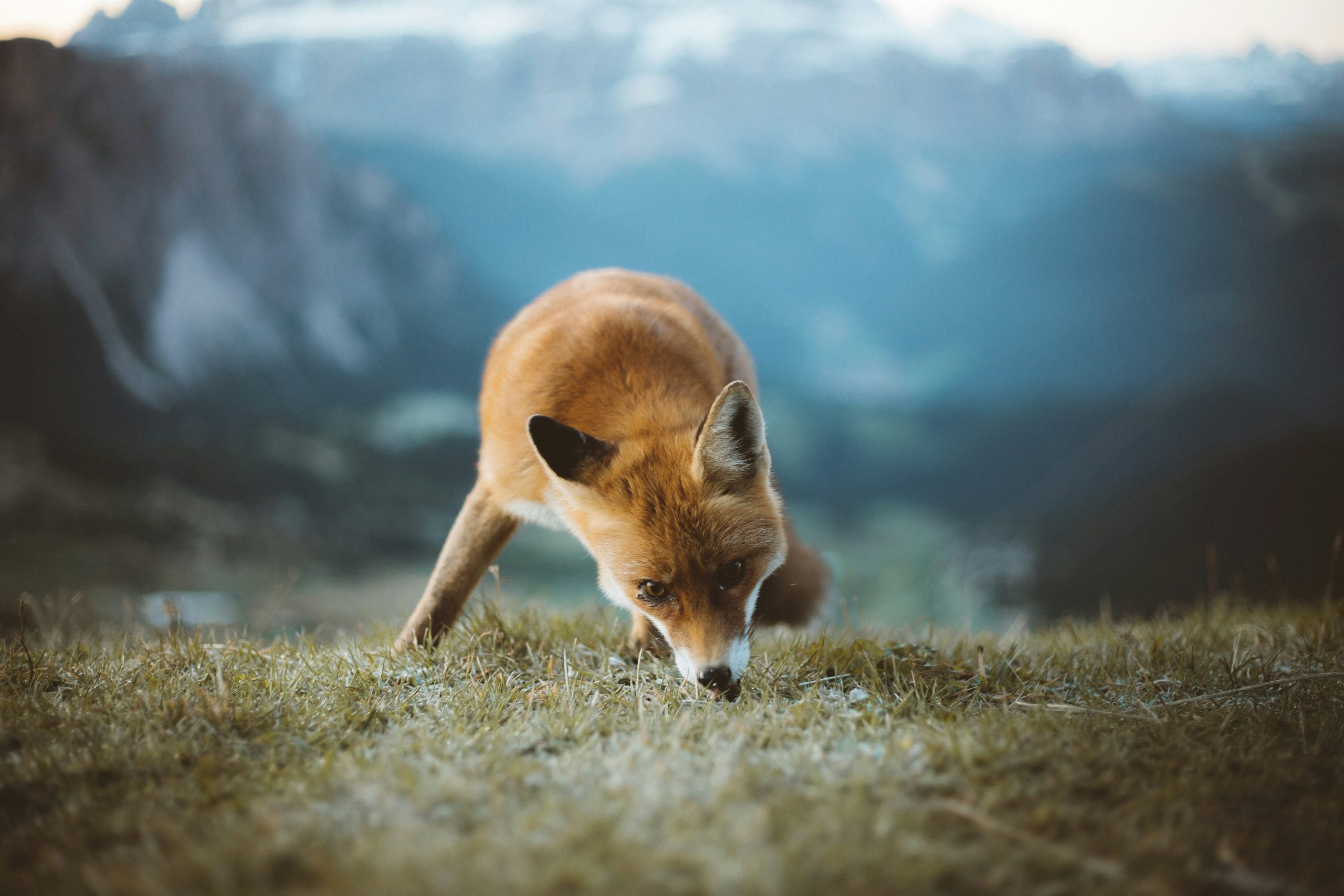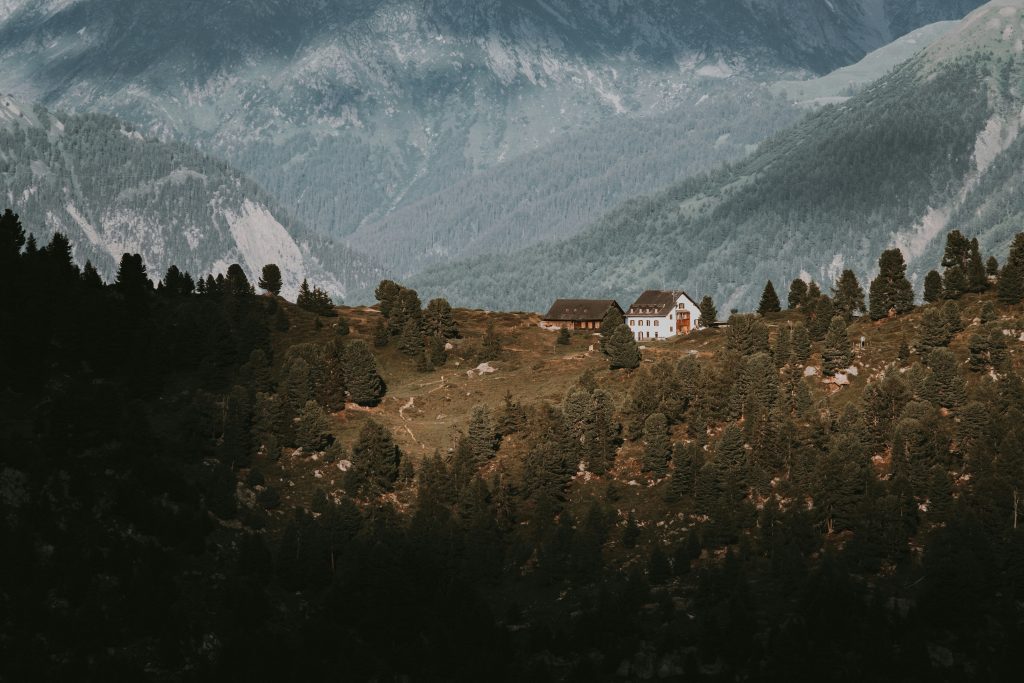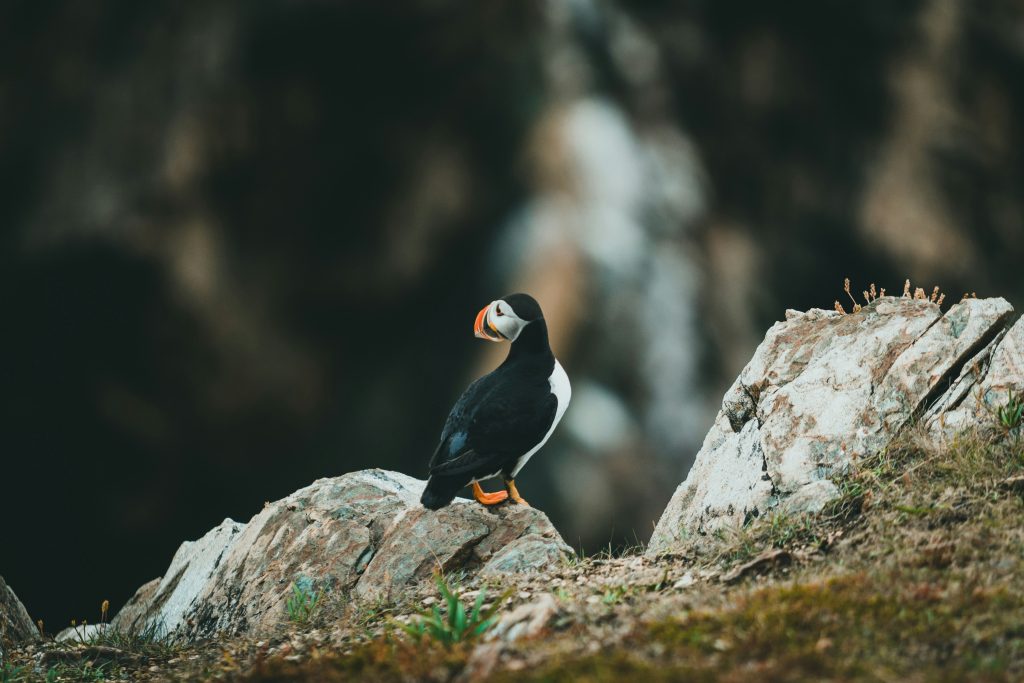Ever missed the perfect wildlife shot because your camera shutter lagged or you fumbled with settings? Yeah, we’ve all been there.
Wildlife photography is like being a silent observer in nature’s theater—but without the right techniques, you might as well be shouting in the front row. Today, we’ll dive into how you can elevate your hiking cameras to capture breathtaking wildlife moments that feel alive, even in stills. You’ll uncover essential strategies, actionable steps, quirky tips, and real-life examples of photographers who nailed it (and those who hilariously didn’t).
Table of Contents
- Key Takeaways
- Why Wildlife Photography Feels So Tricky
- Step-by-Step Guide to Master Wildlife Photography
- 5 Best Practices for Stunning Shots
- Examples from Real Photographers
- Frequently Asked Questions
Key Takeaways
- The golden rule of wildlife photography: patience + preparation = success.
- Your choice of gear matters, but technique trumps fancy equipment every time.
- Knowing animal behavior can turn an amateur into a pro overnight.
- Avoid the rookie mistake of chasing too many subjects at once—it dilutes focus.
Why Wildlife Photography Feels So Tricky
I once spent five hours hunched behind a bush waiting for a fox to emerge—only to realize my battery died ten minutes earlier. Oof. Does this sound painfully familiar?
The reality is, shooting animals isn’t just about clicking buttons; it’s about understanding ecosystems. Imagine trying to snap a photo while wrestling unpredictable lighting, stealthy critters, and weather tantrums—all while keeping your balance on uneven terrain!

Photo Credit: AdventureLens Studio
Step-by-Step Guide to Master Wildlife Photography
Step 1: Choose the Right Gear
Grumpy Me: “Ugh, why do I need another expensive lens?” Optimist Me: “But oh, what magic happens when you bring one!” Look for durable, lightweight hiking cameras with fast autofocus and telephoto lenses. Mirrorless models are game-changers here.
Step 2: Scout Locations Ahead of Time
Visit spots early to get a lay of the land. Note where animals congregate and which paths they use. It’s like mapping out cheat codes before gameplay.
Step 3: Learn Animal Behavior
Read up on species habits, peak activity times, and warning signs they’re stressed. Spoiler alert: No bird likes having its head poked during nesting season.
Step 4: Master Manual Settings
Sure, Auto mode works… until it doesn’t. Get cozy adjusting ISO, aperture, and shutter speed to nail sharpness without blurs.
Step 5: Stay Stealthy, Stay Patient
Wear neutral colors, tread lightly, and sit tight. Animals have spidey senses—they’ll bolt if you’re clumsy.
5 Best Practices for Stunning Shots
- Aim for the eyes. Always make sure the subject’s gaze pops.
- Play with angles. Low perspectives add drama; side shots capture motion.
- Shoot in bursts. Burst mode captures movement mid-action.
- Leverage natural light. Golden hour is your secret weapon.
- Edit minimally. Enhance colors slightly—but don’t fake authenticity.
Examples from Real Photographers
Jane Doe, a Montana-based photographer, waited seven days by a riverbank to photograph otters. Her reward? A viral Instagram post featuring playful pups frolicking under sunrise hues.
Then there’s Joe Novice, whose first attempt involved startling a moose. He learned the hard way—not all animals appreciate human enthusiasm up close!

Frequently Asked Questions
What’s the best camera for wildlife photography?
Canon EOS R7 and Sony Alpha 7 III are favorites among outdoor enthusiasts due to their speed, durability, and image quality.
How important is patience in wildlife photography?
Extremely. Patience separates good photos from great ones.
Do I need a super-expensive setup?
Nope. Technique beats tech almost always. Even affordable DSLRs work wonders with practice.
Conclusion
Congratulations! You’re now armed with practical insights, relatable fails, and expert-approved tactics. Go ahead—grab your hiking camera, explore trails, and let Mother Nature become your muse.
And remember: “Nature never hurries / Yet everything gets done.” —Lao Tzu (or something close).
P.S. Your next masterpiece awaits. Oh, and maybe pack snacks. Trust me, hungry photographers make grumpy art. 📸✨


